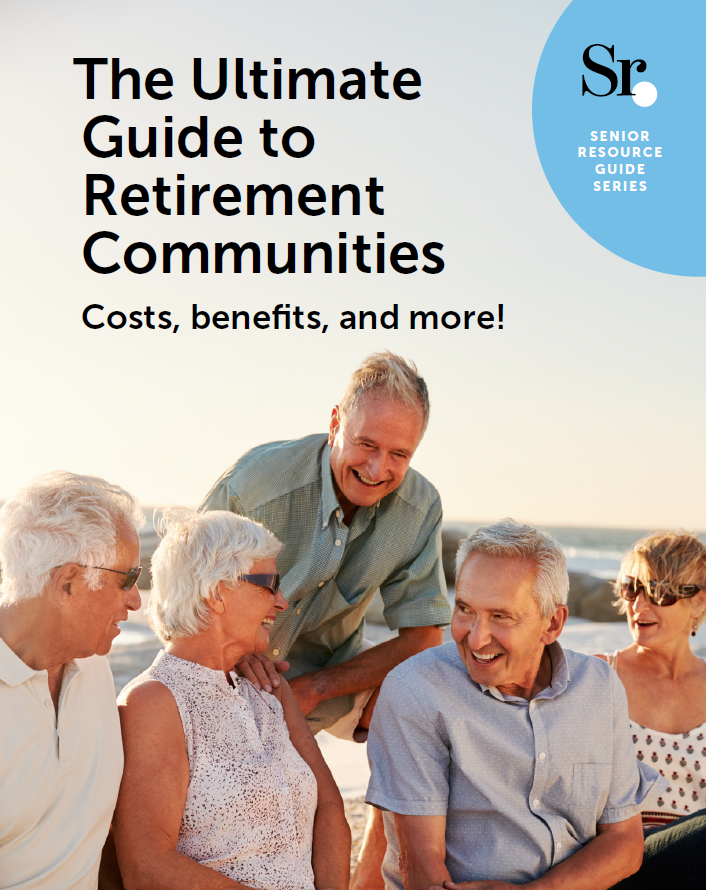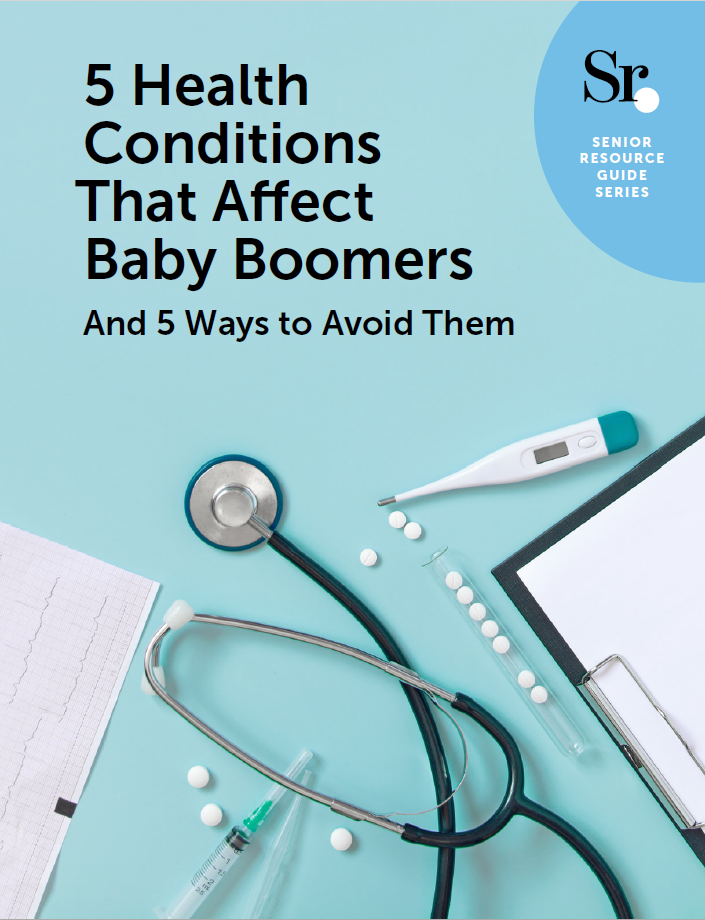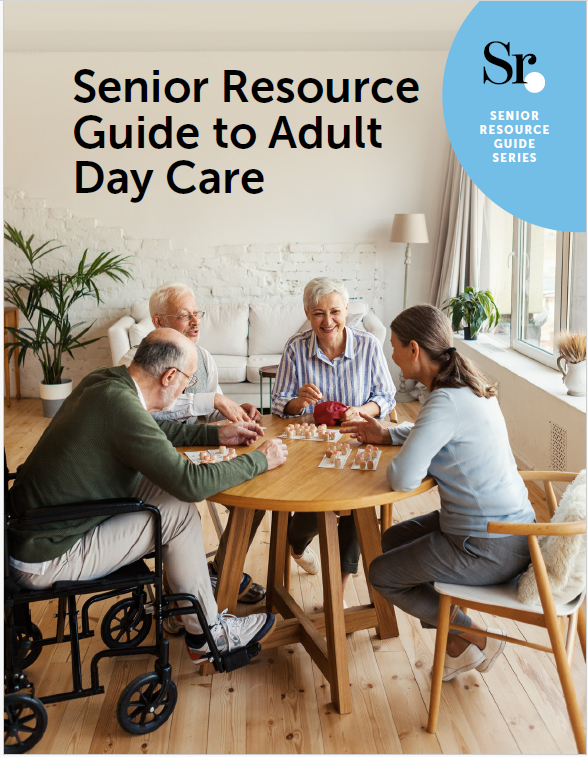New RMD Rules for 2023
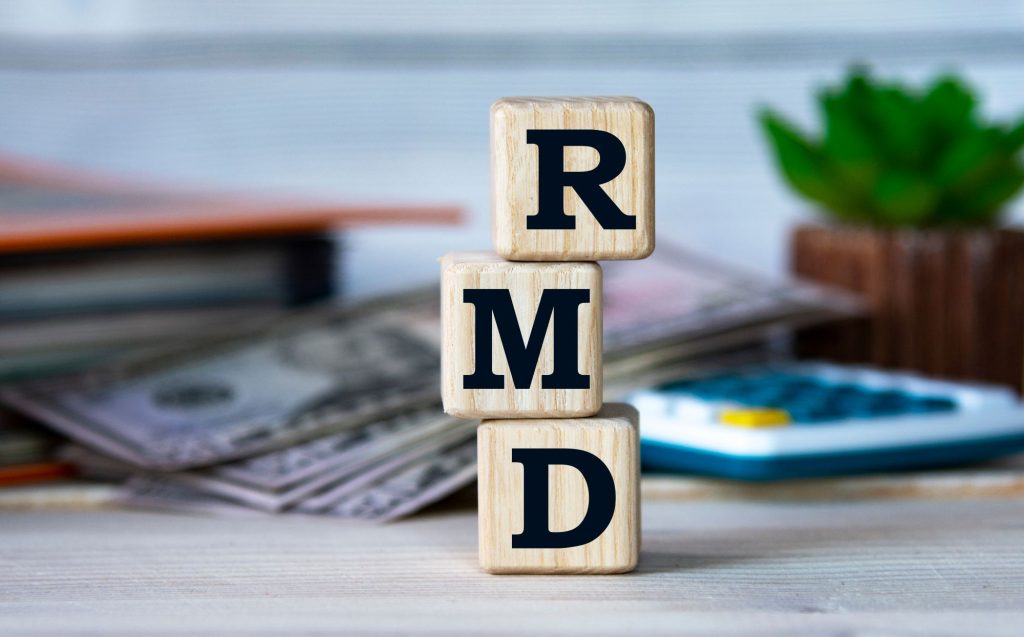
Thanks to the SECURE Act 2.0 that was passed by Congress last December, there are several new rules that affect required minimum distributions (RMDs) from traditional IRAs, 401(k)s, and other tax-deferred retirement accounts. These changes, which build on the original SECURE Act of 2019, are a benefit to retirees by increasing the RMD age and lowering the penalty for missing a withdrawal. Here’s what you should know.
New RMD Rules
As of January 1, 2023, the starting age for taking RMDs is now 73, up from 72. And, it rises to age 75 in 2033. This change means that if you turn 72 this year, you can delay your RMDs one more year, allowing your savings in these accounts to grow longer, tax-deferred.
But once you turn 73, you must start taking annual RMDs from the tax-deferred retirement accounts you own – like traditional IRAs, SEP IRAs, SIMPLE IRAs, 401(k)s, 403(b)s and 457(b)s – and pay taxes on those withdrawals. Distributions are taxed as ordinary income in your tax bracket.
There are, however, a few exceptions. Owners of Roth IRAs are not required to take a distribution unless the Roth is inherited. And starting in 2024, Roth 401(k)s will not be subject to RMDs either.
There’s also a work waiver for RMDs you should know about. If you are still working beyond age 73, and you don’t own 5 percent or more of the company you work for, you can delay withdrawals from your employer’s retirement plan until after you retire. But if you have other non-work-related accounts, such as a traditional IRA or a 401(k) from a previous employer, you are still required to take RMDs from them after age 73, even if you’re still working.
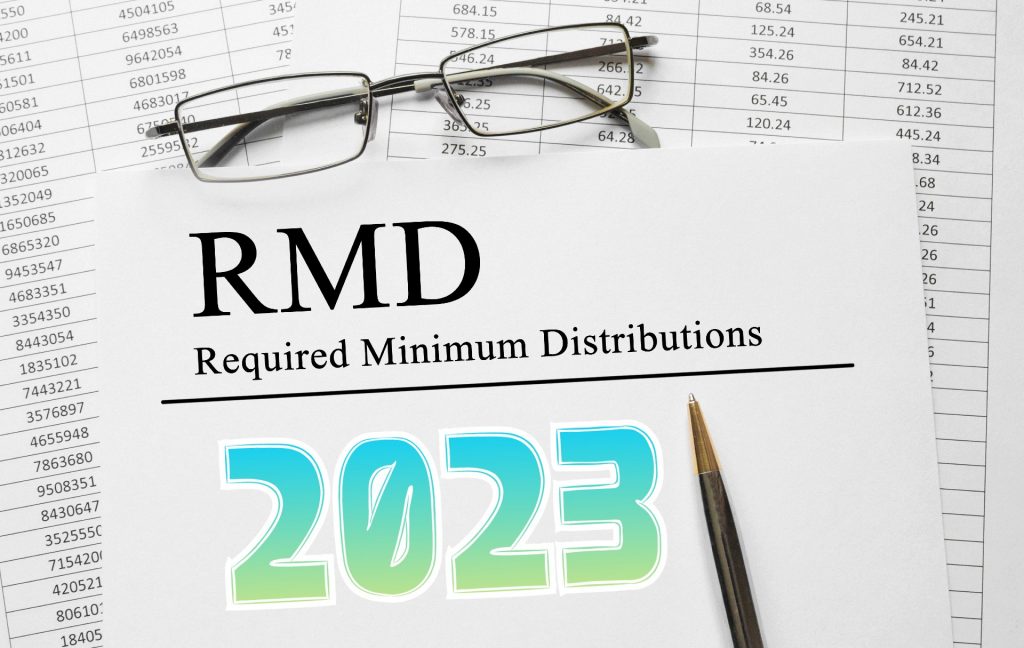
Deadlines and Penalties
Generally, you must take your distribution every year by December 31. First-timers, however, can choose to delay taking their distribution until April 1 of the year following the year they turn 73. But be careful about delaying, because if you delay your first distribution, it may push you into a higher tax bracket because you must take your next distribution by Dec. 31 of the same year.
Also note that you can always withdraw more than the required amount, but if you don’t take out the minimum, you’ll be hit with a 25 percent penalty (it was 50 percent) on the amount that you failed to withdraw, along with the income tax you owe on it. This penalty drops to 10 percent if you take the necessary RMD by the end of the second year following the year it was due.

Distribution Amounts
Your RMD is calculated by dividing your tax-deferred retirement account balance as of December 31 of the previous year, by an IRS estimate of your life expectancy. A special rule applies if your spouse is the beneficiary and is more than 10 years younger than you.
IRA withdrawals must be calculated for each IRA you own, but you can withdraw the money from any IRA or combination of IRAs. If you own 403(b) accounts, they too allow you to total the RMDs and take them from any account or combination of accounts.
With 401(k) plans, however, you must calculate the RMD for each plan and withdraw the appropriate amount from each account.
To calculate the size of your RMD, you can use the worksheets on the IRS website – see IRS.gov/Retirement-Plans and click on “Required Minimum Distributions.” Or contact your IRA custodian or retirement-plan administrator who can do the calculations for you.
For more information, see the “Distributions from Individual Retirement Arrangements” (publication 590-B) at IRS.gov/pub/irs-pdf/p590b.pdf.
Send your senior questions to Savvy Senior, P.O. Box 5443, Norman, OK 73070, or visit SavvySenior.org.
Popular Articles About Retirement Investing, and Personal Finance
Originally published October 24, 2023





